The blowout of the Macondo well on April 20, 2010 killed eleven workers on the Deepwater Horizon drilling rig and seriously injured 16 others. The event had enormous consequences, not only for the workers’ families, but for the companies involved in the drilling operations, for the Gulf of Mexico environment and ecosystems, and to the economy of the region and beyond.
The Gulf Research Program (GRP) was born out of this tragedy. As part of a legal settlement with the companies involved, $500 million was put into a fixed endowment to be spent over 30 years on science-based research to improve offshore energy safety, protect the environment, and enhance the health and resilience of Gulf communities.
The Gulf Coast consists of a delicate patchwork of coastal wetlands, beaches, and barrier islands that support oyster reefs, commercial fisheries, and coral reefs, among other habitats and species. Gulf Coast communities and natural resources suffered extensive damage from the Deepwater Horizon oil spill, and they continue to be stressed by a myriad of factors including sea level rise, changing hydrology, and human activities like fishing and industry activities. See how research funded by the Gulf Research Program is helping us protect and be better stewards of the rich environmental resources of the Gulf of Mexico region.
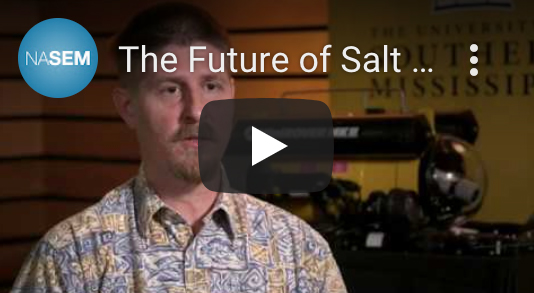
Lead organization: University of Mississippi
Miles of salt marsh wetlands along the Gulf Coast provide important habitat for many species, such as shrimp, blue crab, and a variety of fish. This research project explores methods for detecting long-term trends in marsh distribution and health. This work will help with evaluating future change, for example, marsh restoration success and marsh response to threats such as sea level rise.
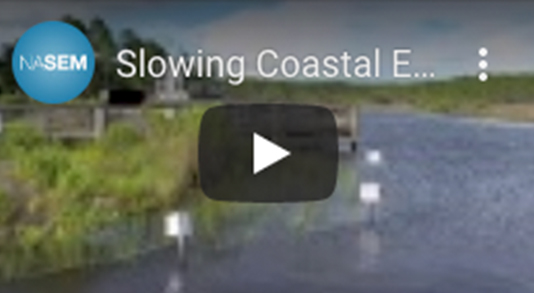
Lead organization: Dauphin Island Sea Lab
Coastal erosion that is accelerating with rising sea levels is one of the biggest threats to the Gulf Coast. The state of Alabama has been constructing living shorelines such as oyster reef breakwaters, which are designed to reduce wave energy and resulting coastal erosion. This research project evaluates the efficacy of various means for building these shorelines.
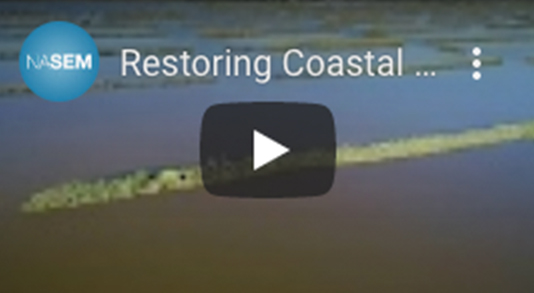
Lead Organization: Mississippi State University
This project looks at the effectiveness of marsh terraces, which are segmented ridges of soil that are constructed in shallow open waters near coastal wetlands. Marsh terraces can reduce wave energy and erosion of adjacent marsh as well as provide habitat for birds and other species. This project is testing the efficacy of different marsh terrace designs in two Gulf Coast regions with differing sediment properties and deposition rates.
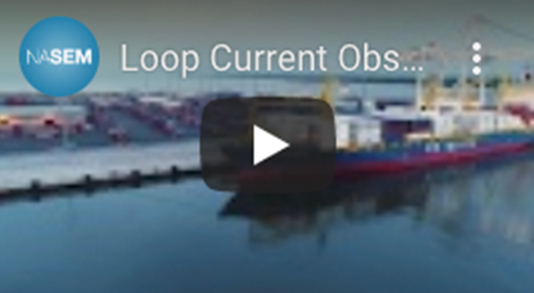
Lead Organization: University of Southern Mississippi
Researching the Gulf of Mexico’s Loop Current can provide insights into what is happening on and under the surface. Real-time current measurements can be used to inform decisions that impact offshore oil and gas operations, shipping, tourism, search and rescue, hurricane prediction, and ecological management. In collaboration with private industry, this project provides surface current measurements in the northern region of Loop Current activity through radars placed on two offshore oil rigs.
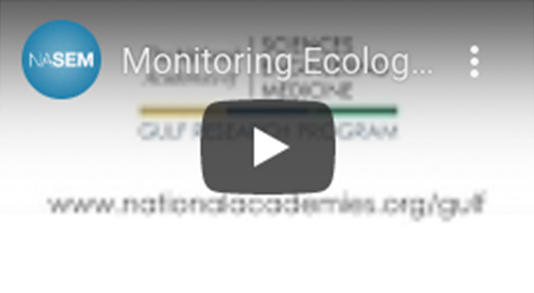
Many restoration projects have been planned and are underway to help mitigate damage done by the Deepwater Horizon oil spill. In order to ensure that restoration goals are met and money is well spent, restoration monitoring and evaluation should be an integral part of those projects. This report lays out essential elements for effective monitoring.
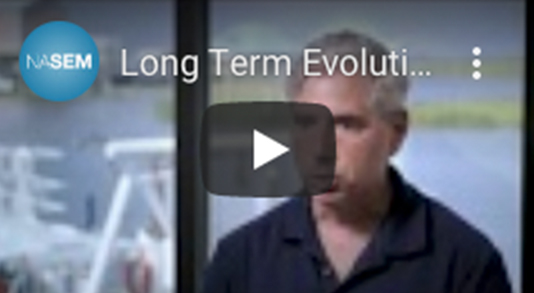
The U.S. Gulf of Mexico Coast provides a valuable setting to study the deeply connected natural and human interactions and feedbacks that have led to a complex, interconnected coastal system. This study considers how best to study the system – which is experiencing accelerated stress due to sea level rise, intensifying hurricanes, coastal development, and other factors– over the next 10-200 years.
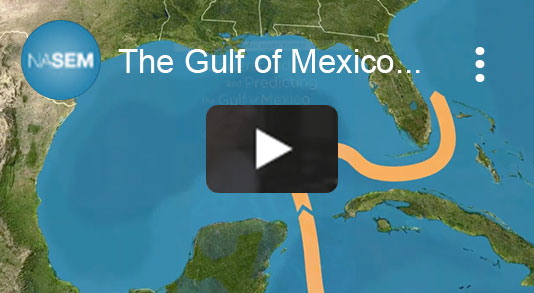
The largest dynamic feature in the Gulf of Mexico is the Loop Current, which provides a basis for understanding the Gulf’s oceanographic system. Hurricane intensity, offshore safety, oil spill response, ecosystem health and overall economy are all affected by the Loop Current. However, the Loop Current is not well understood. This National Academies study concluded that addressing research gaps increases our ability to predict the current’s movements.
After the devastation of natural or technological disasters such as Hurricane Katrina and the Deepwater Horizon oil spill in the gulf region, it is clearly important that communities be prepared to bounce back. Working with community members to understand how disasters affect their lives and how to best mitigate risk is critically important for improving community resilience. Those who live in vulnerable areas can bring key perspectives to the table about the needs of the community and how disasters affect health, safety, housing, and jobs. Many GRP-funded projects involve researchers, community leaders, and stakeholders working together to develop new strategies for improving resilience.
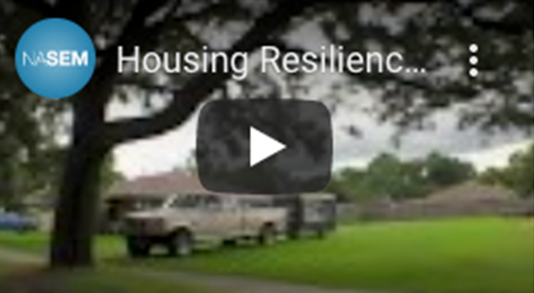
Lead Organization: Urban Institute
After Hurricane Katrina, some communities were unable to rebuild due to a lack of access to information and resources. This project collected data from door-to-door surveys to learn about resilience and preparedness at the household level. They hope to develop strategies for providing equitable access to tools and resources that families can use to reduce their vulnerability to disasters.
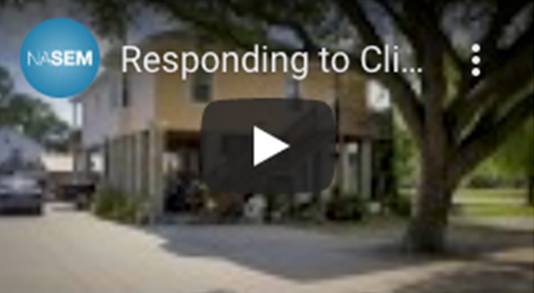
Lead organization: Louisiana State University
Risks from sea-level rise and extreme weather are not limited to coastal areas and can threaten entire inland-coastal regions. This project brought together residents from the greater Baton Rouge area that have been affected by flooding to meet with engineers, architects, and policymakers to discuss what problems they have experienced and brainstorm potential solutions in order to reduce their risk.
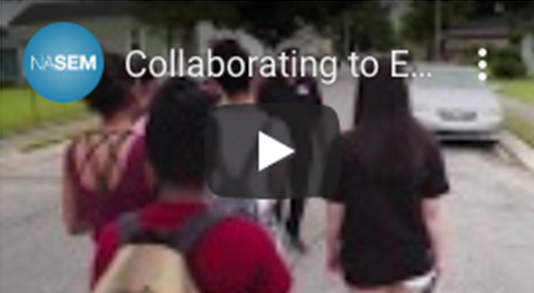
Lead organization: Louisiana State University
This project established a learning collaborative network where six communities partner with researchers to test and promote practices that can strengthen resilience and mental health outcomes in southern Louisiana.
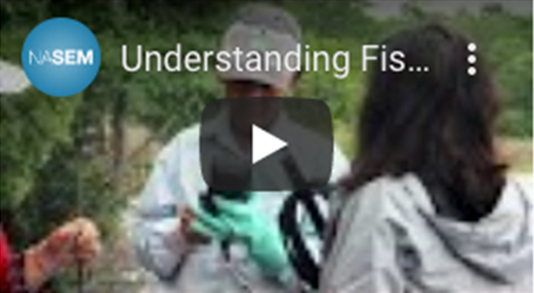
Lead organization: Mississippi Coalition for Vietnamese-American Fisher Folks and Families
When considering the sustainability and resilience of an ecosystem, it is important to take advantage of unique insights from people who spend most of their time in that ecosystem. Vietnamese-American fisher folk in Mississippi led the way in a partnership with researchers to explore and research the health of important oyster reefs.
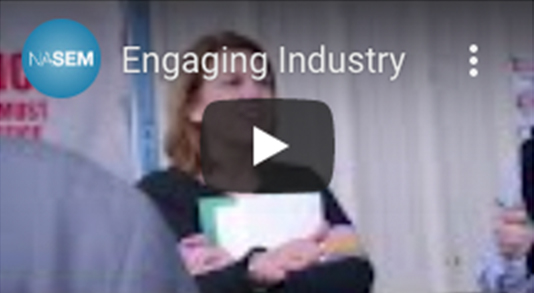
Lead Organization: Gulf of Mexico Alliance
Many different industries are strongly affected by ecological disasters in the Gulf of Mexico, including businesses dependent on fishing and seafood. This project brought together commercial fishermen, seafood processors, and restaurant owners with the goal of increasing the exchange and sharing of science-based knowledge, applicable tools, and experiences to improve the economic and environmental health of the region.
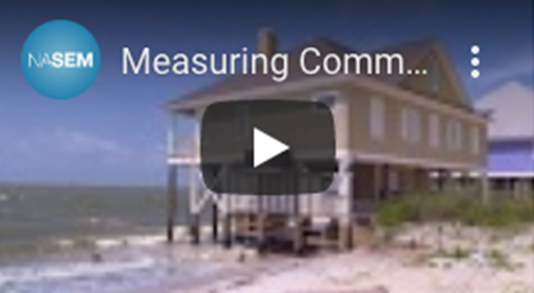
Hurricane Katrina and other natural disasters over the past decade have made it clear that community resilience is a critical part of disaster management. But how can you tell if your community is adequately prepared? A National Academies report found that measuring community resilience helps communities figure out if their disaster resilience has increased, whether their investments in resilience are providing adequate returns, and how their resilience-related programs are impacting community wellbeing.
Learn more about the report and how the Gulf Research Program is helping support community resilience at https://www.nap.edu/resource/
25383/interactive/.
Offshore oil and gas operations dot the horizon in the Gulf of Mexico, creating a landscape of tens of thousands of employees that directly support the offshore industry. In a disaster situation like the Deepwater Horizon, the impact is felt by families who lost loved ones, the injured and their families, and many coastal communities whose livelihood depend on healthy ecosystems in the Gulf of Mexico. GRP aims to foster minimization and management of risk to make offshore operations safer for both people and the environment.
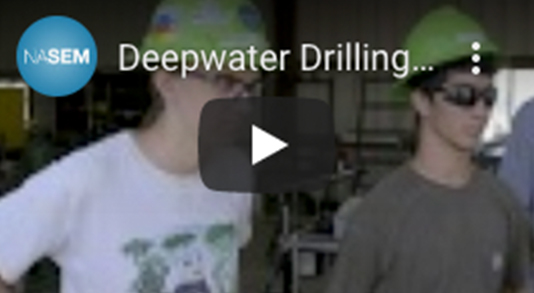
Lead Organization: Louisiana State University
The precursor to a well blowout—a key safety issue—is gas in the riser (pipes that allow access into the wellbore). This project focused on gaps in understanding about the behavior of riser gas under high temperature and pressure conditions. These scientific data can then be used to create models of fluid flow to enhance detection and control systems for preventing blowouts.

Lead organization: Sea Grant
Offshore oil spills can affect many coastal communities depending on their size and location. The needs and priorities for improving preparedness in these communities were established at regional workshops. The workshops focused on public health, social disruption, and economic impacts.
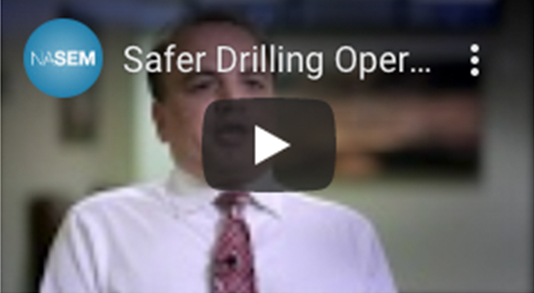
Lead organization: University of Oklahoma
This project studied the human factors and behaviors in offshore drilling operations. The research team was specifically interested in how workers responded to stress, fatigue, and distractions. The project developed virtual-reality training modules to strengthen workers’ decision-making skills.
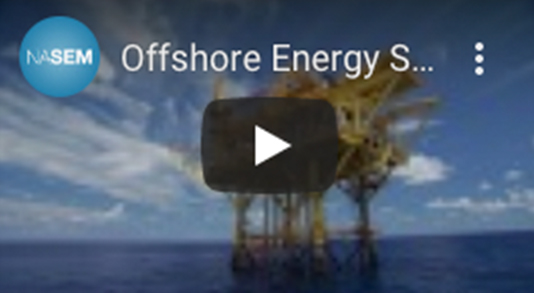
A healthy and robust safety culture is required at all levels of an operation to ensure workers understand and are comfortable with exercising their right to report unsafe conditions or stop work altogether without repercussion on an offshore oil rig if safety conditions are not being met. GRP held a workshop to share best practices and lessons learned in the oil and gas industry and from other high-risk industries in creating an environment that encourages workers to speak up on matters regarding safety.
Bridging academia and science management and policy, the GRP’s Science Policy Fellowships promote professional growth. In this one-year fellowship, scientists will work in the Gulf of Mexico, learning what it takes to turn scientific information into action. GRP is accepting applications until March 5, 2020.